
Good morning. It’s Tuesday, Sept. 11.
| • | Gov. Jerry Brown sets an audacious path to zero emissions. |
| • | U.C.L.A. is ranked as America’s No. 1 public university. |
| • | And San Francisco’s Chinatown before the 1906 earthquake. |
The lede
1
Clearing the air
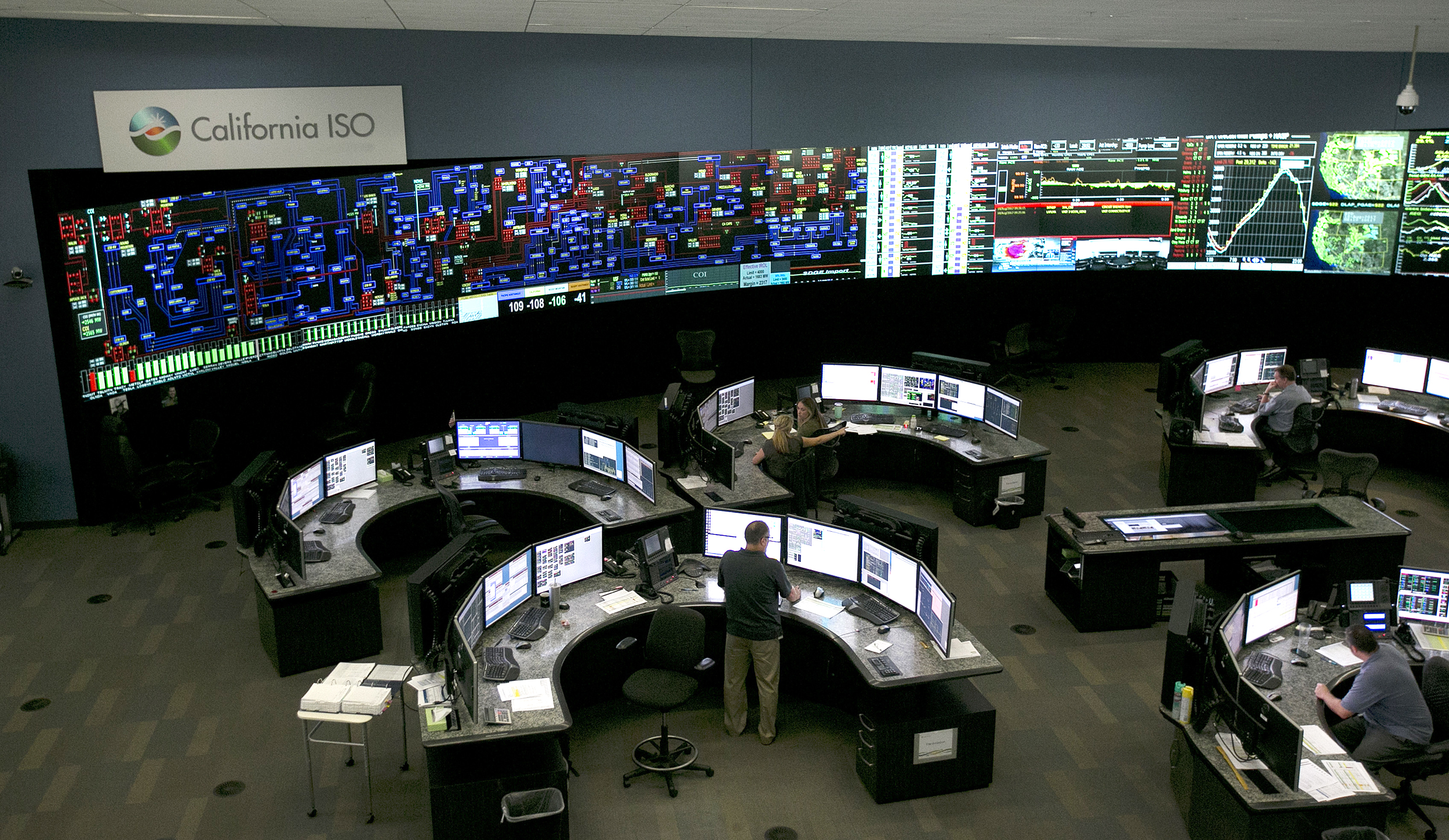
The grid control center of the California Independent System Operator in Folsom.
Rich Pedroncelli/A.P.
“California has been doing stuff that the rest of the world, most of the world, is just hoping they might get to someday.”
That was Gov. Jerry Brown on Monday, according to the L.A. Times, as he signed landmark legislation commiting California to get all of its electricity from solar, wind, and other carbon-free sources by 2045.
That won’t be easy for the world’s fifth-largest economy. Right now, about a third of California’s electricity comes from renewables, the bulk of it solar. Much hinges on the ability to drum up innovations that are far from assured. Crucially, experts say, the state will need much cheaper ways to store large amounts of electricity.
Brown argued that the threat of climate change demanded bold measures. “And yes,” he said, “it is an existential threat.”
Read more in the L.A. Times and S.F. Chronicle.
Statewide
2
California is replacing cash bail with a system of algorithms and “risk scores” that critics say will intensify racial biases. It’s been tried in Kentucky, where racial disparities in pre-trial detention actually worsened over time. “We are replacing money bail with an even more harmful system of profiling,” a critic of California’s new law said.
3
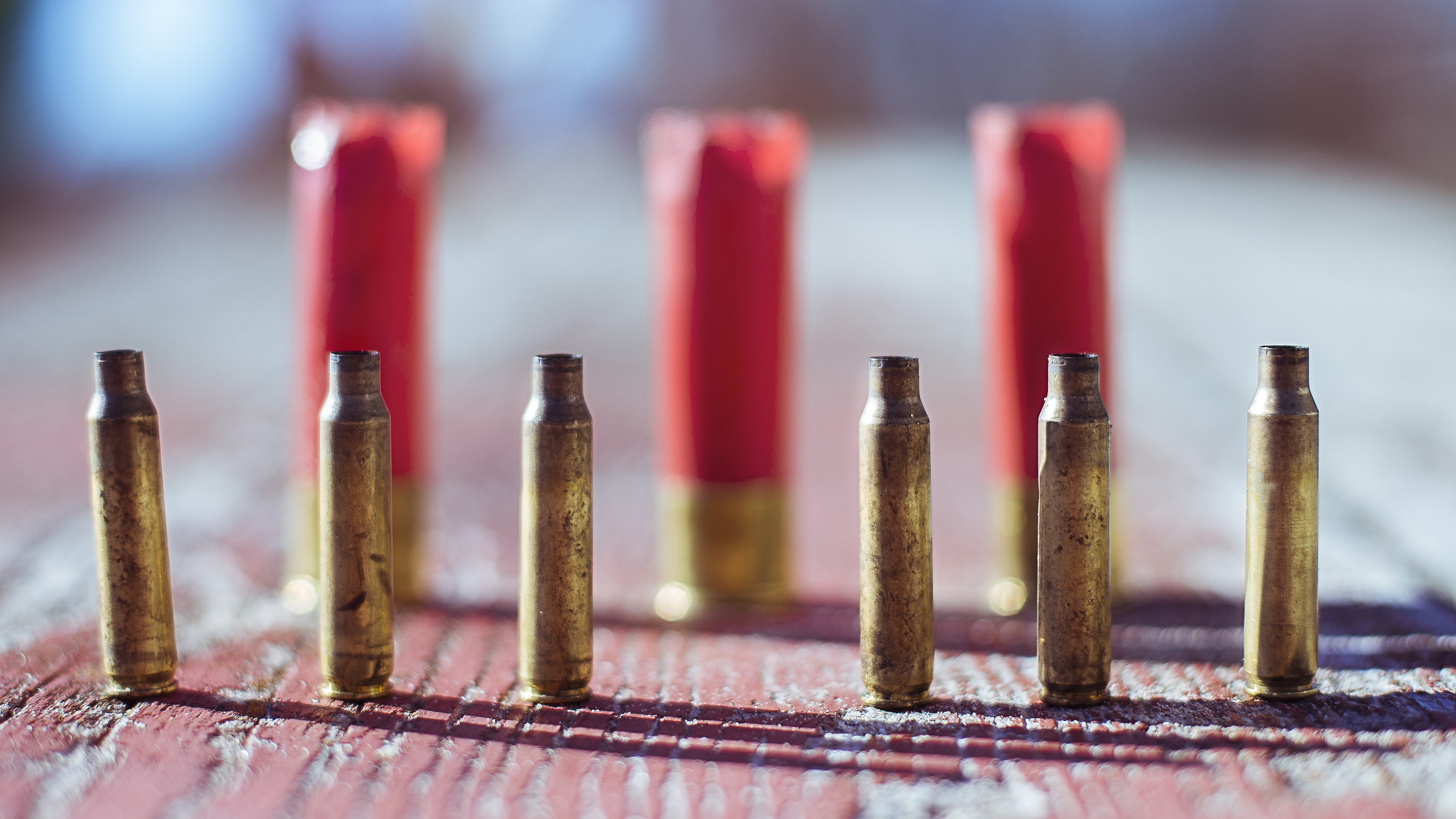
Bullet casings.
In many states, it’s easier to buy bullets than cold medicine. But in California, a “bullet control” movement is underway. Local laws already require ammunition dealers to keep detailed logs of sales, records that have led to the arrests of gang members, parolees, and registered sex offenders. Gun rights advocates see the movement as another assault on Second Amendment rights.
4
The University of California lost a yearslong legal battle against a research center affiliated with M.I.T. and Harvard over gene-editing patents potentially worth billions of dollars. A federal appeals court rejected claims that U.C. Berkeley had exclusive rights to patents for the powerful CRISPR technology.
5
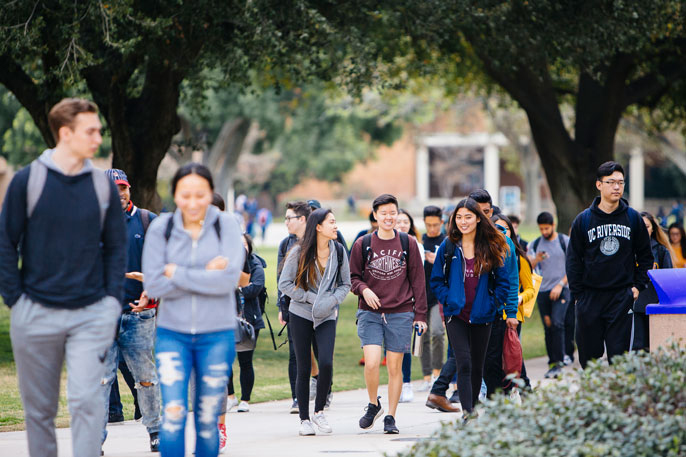
Students at U.C. Riverside, which saw the most improvement of any national university in the rankings.
Elena Zhukova/University of California
U.S. News & World Report released its closely watched college rankings. The criteria were revamped in the latest edition, which gave greater weight to student success. A few of the highlights:
| • | Among California colleges, both public and private, Stanford University took the top spot — No. 7 nationally — followed by California Institute of Technology and U.C.L.A. U.S. News |
| • | For the first time, U.C.L.A. was ranked the No. 1 public university in the country, dethroning U.C. Berkeley, which fell to No. 2. Also in the top 10 were U.C. campuses in Santa Barbara, Irvine, and Davis. U.S. News | Mercury News |
| • | U.C. Riverside saw the biggest improvement over last year’s ranking, jumping from No. 124 to No. 85. The university benefited from tweaks to the ranking methodolgy. Press-Enterprise |
6
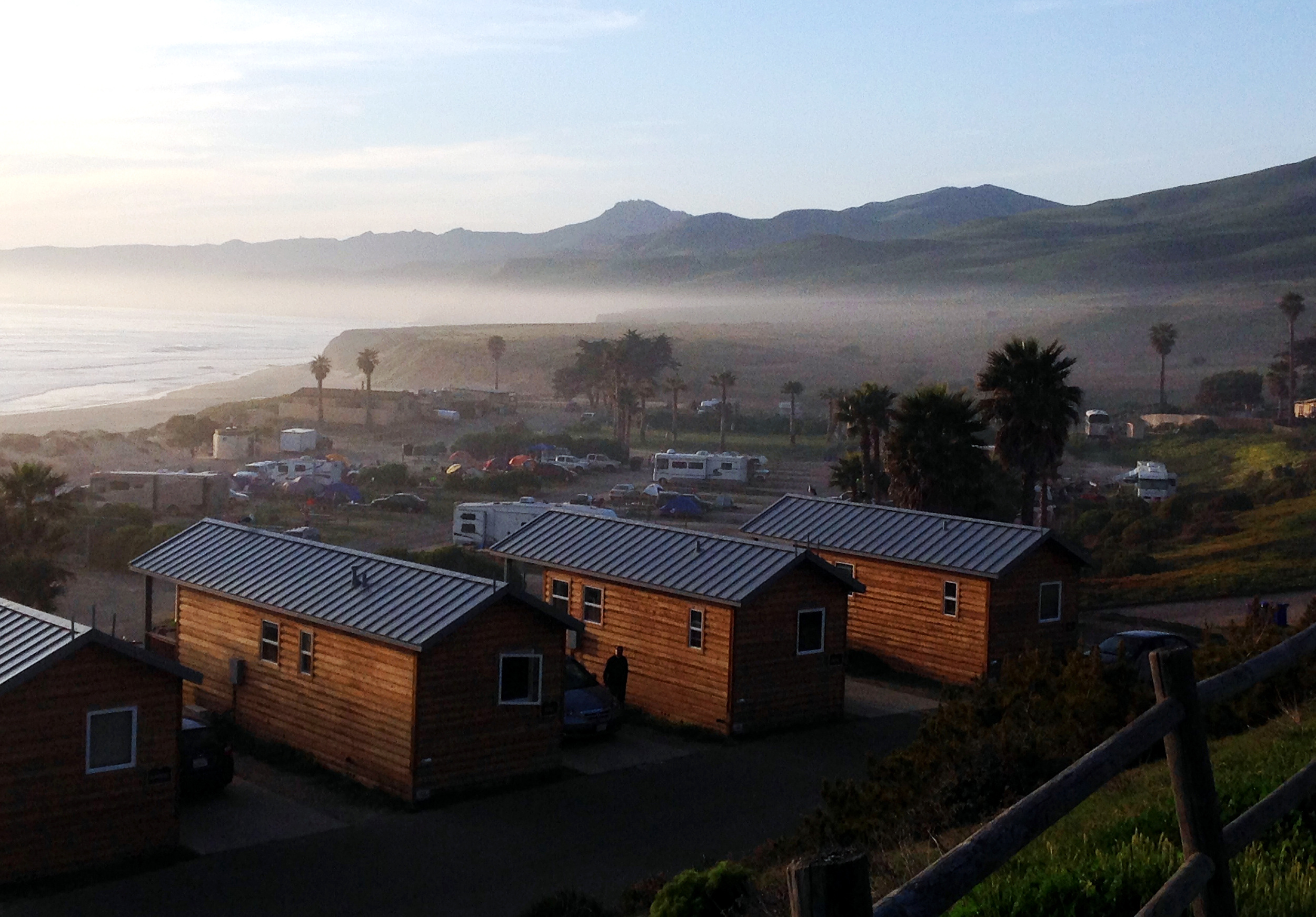
Jalama Beach is great for camping and glamping.
Travel writer Ann Marie Brown listed eight of her favorite lesser-known beaches between the Redwood Coast and Santa Barbara County, including the isolated and windswept Jalama Beach outside of Lompoc.
Northern California
7
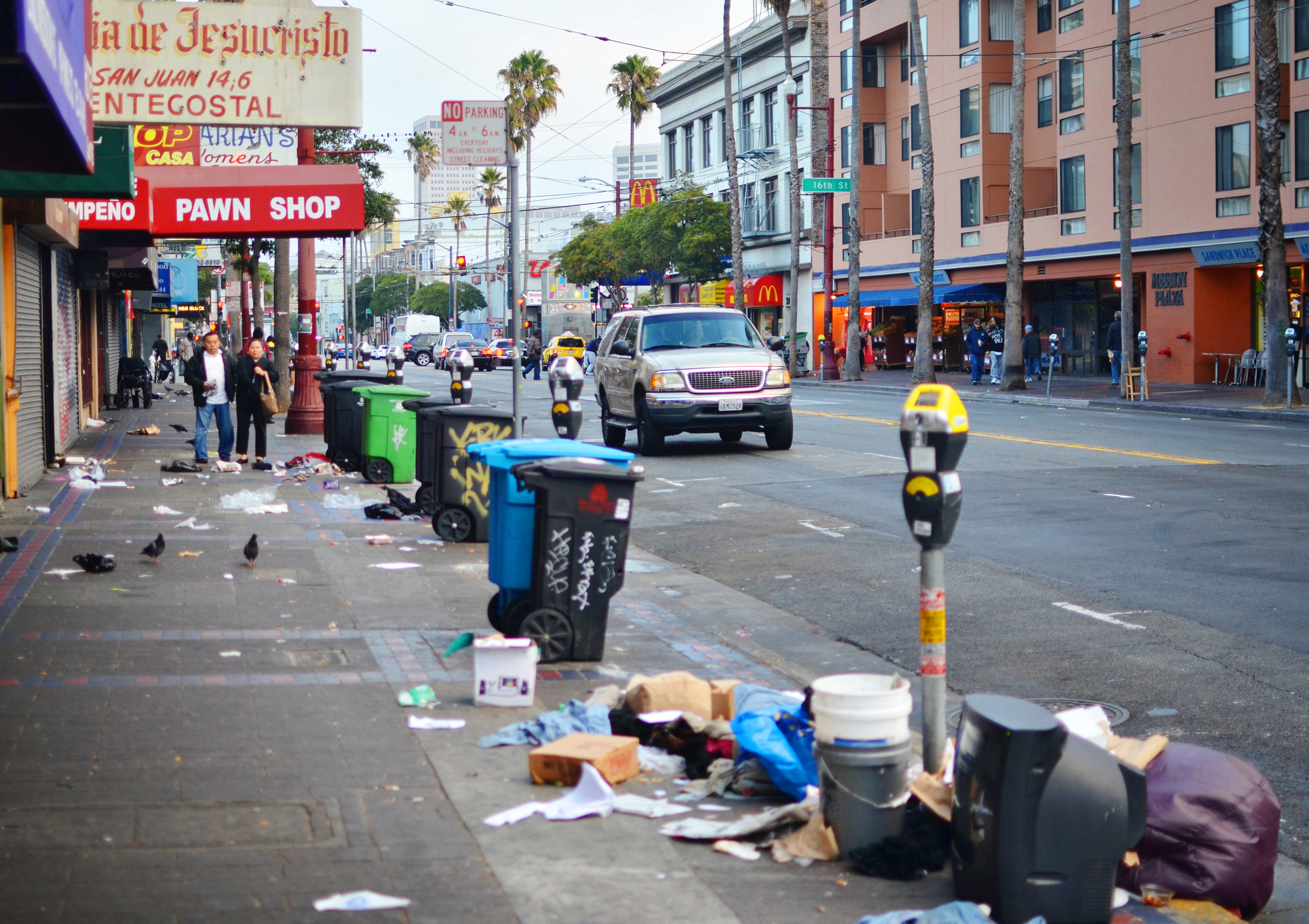
Garbage day in the Mission District.
San Francisco has notoriously filthy streets. Yet the city spends more than four times as much as Chicago, which is five times larger, to clean them. “Clearly, throwing money at the problem isn’t fixing it,” wrote hometown newspaper columnists Phillip Matier and Andrew Ross.
8
A San Francisco school board candidate quit the race after a newspaper exposed derogatory comments she made in Chinese about transgender rights. Josephine Zhao was accused of delivering contrasting messages to English-language and Chinese-language communities.
9
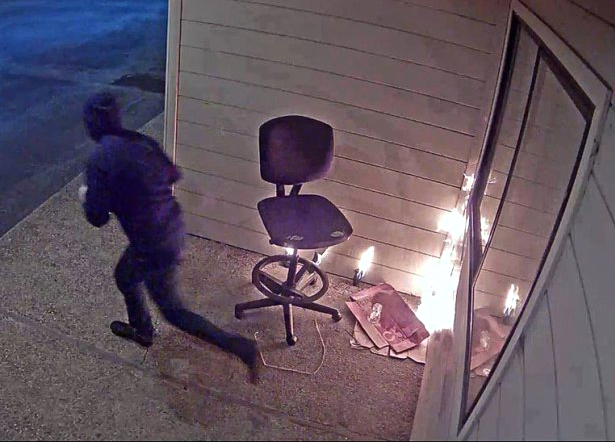
A person in a dark-colored hooded jacket was seen setting fire to Planned Parenthood in Watsonville on July 20.
F.B.I.
An arsonist was caught on video setting fire to a Planned Parenthood building in Watsonville in the middle of the night. The F.B.I. is offering $10,000 for information that leads to an arrest. Abortion-providing clinics saw an increase in death threats, trespassing, and obstruction in 2017.
10
The wealthy enclave of Mill Valley in Marin County voted to block small cell 5G antennas over concerns about cancer and other health effects. “What 5G does is it adds another cloud to what we refer to as ‘electromagnetic smog’ into an environment that is already pretty saturated,” an activist said. Industry and federal officials have largely dismissed such fears.
Southern California
11
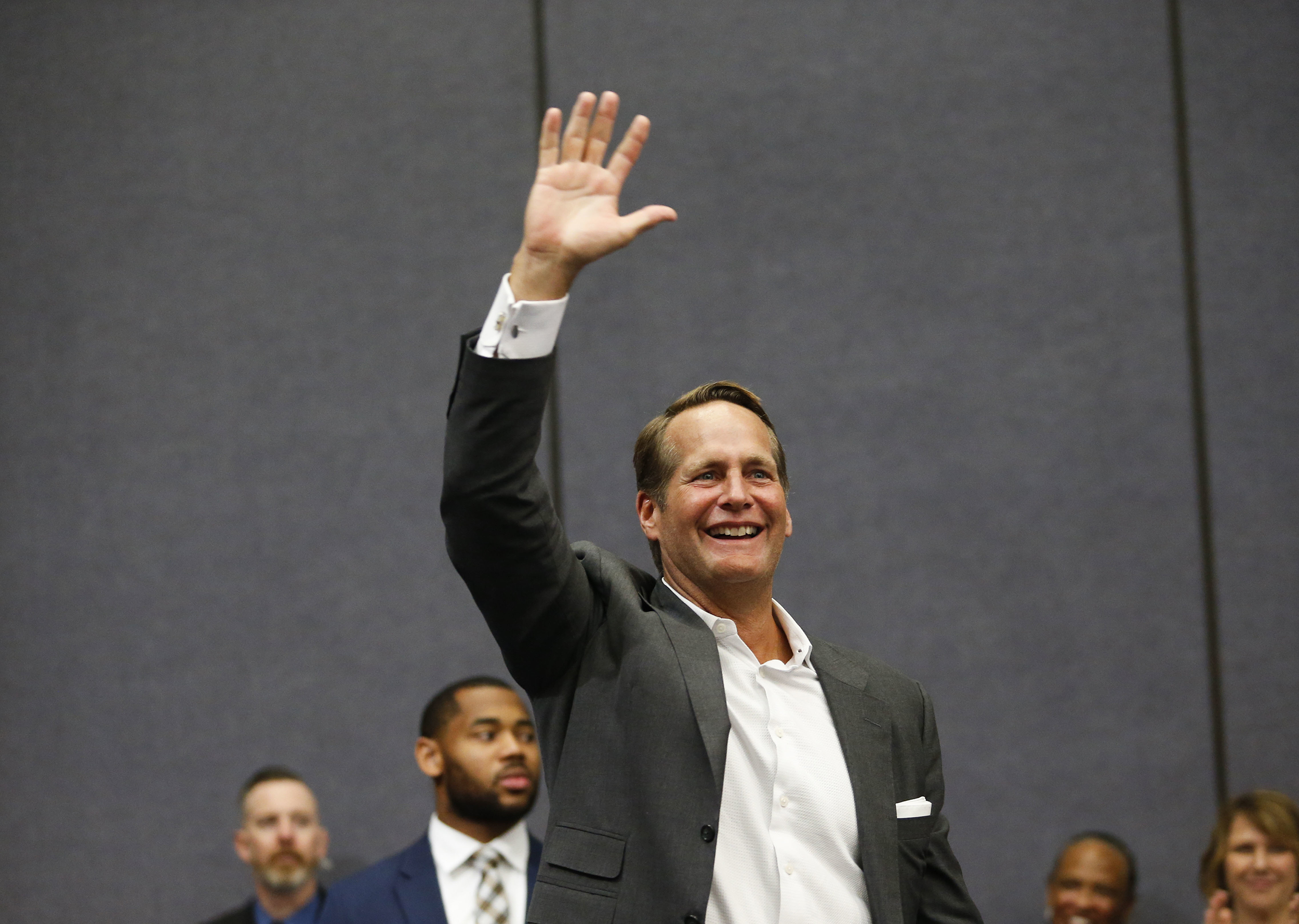
Harley Rouda at the Anaheim event where former President Obama spoke on Saturday.
Ringo H.W. Chiu/A.P.
A N.Y. Times poll showed Democratic challenger Harley Rouda tied with Rep. Dana Rohrabacher, the pro-Moscow Republican who has represented his coastal Orange County district for nearly 30 years. And Rouda has raised more money than the Rohrabacher campaign.
12
The Los Angeles Police Department released chilling footage of a routine traffic stop that turned violent in the San Fernando Valley. “You don’t have anything on you, right?” a female officer asked. As the driver exited his vehicle, he opened fire on her at point-blank range. Her partner, standing nearby, quickly opened fire on the gunman, killing him. The female officer shattered her femur, but she’s OK.
13
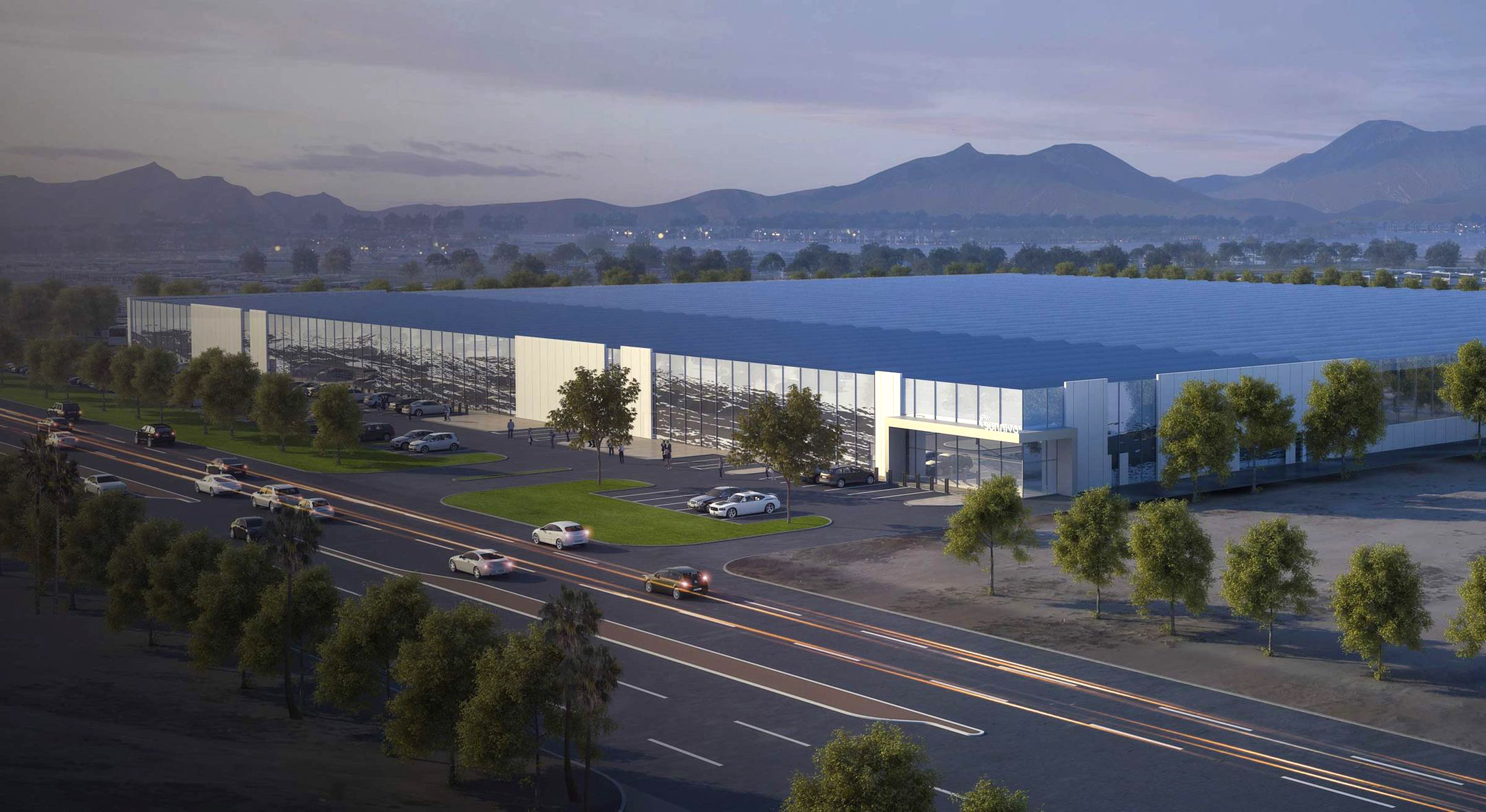
A rendering of the Sunniva campus in Cathedral City.
Sunniva
A Canadian company is building a weed campus in the Coachella Valley the size of eight football fields that will grow more than 90 tons of dry cannabis a year — enough to roll as many as 390 million joints. The facility’s imposing presence in Cathedral City has been described as equivalent to that of the Nike headquarters in Beaverton, Ore.
14
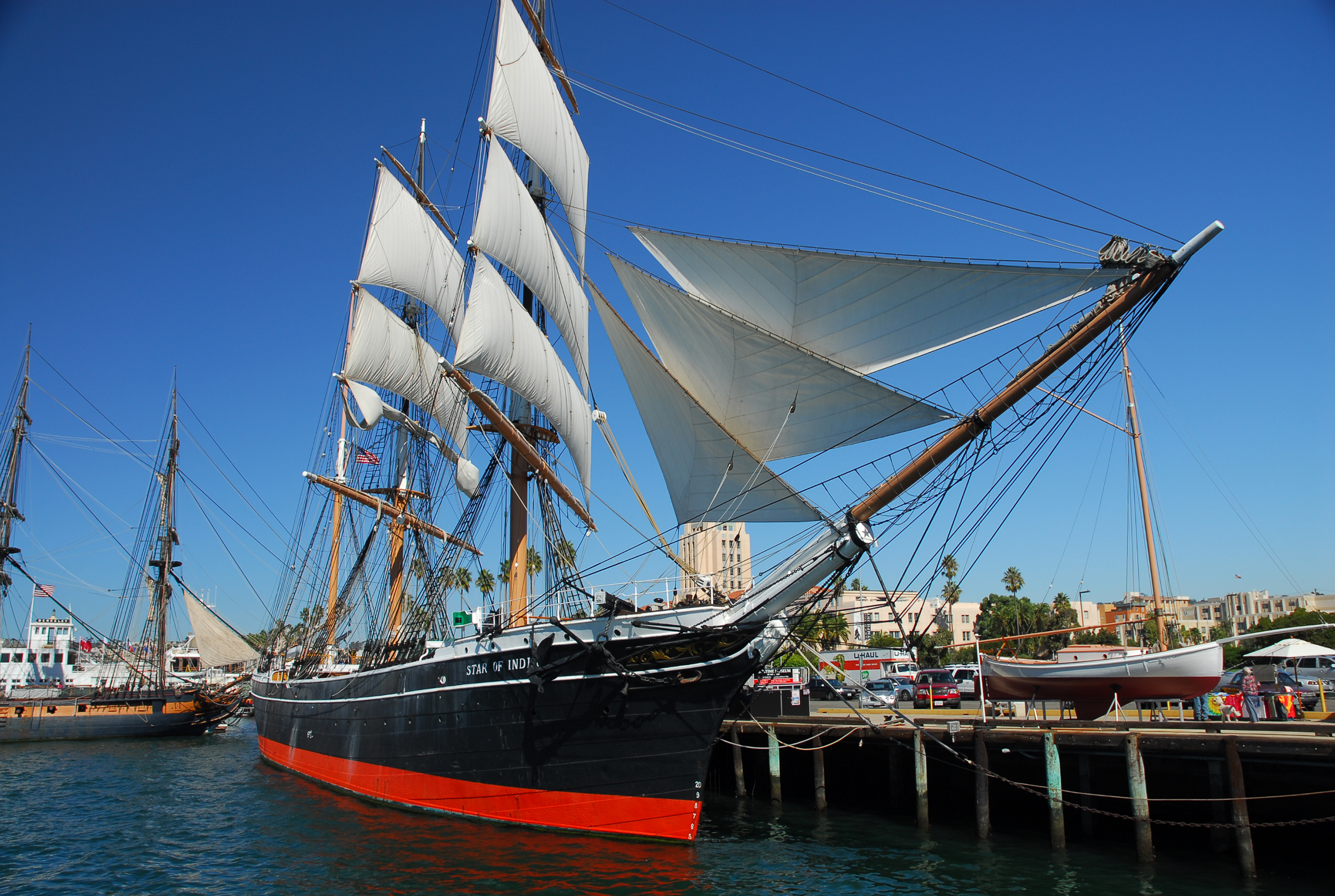
The Star of India was docked in San Diego in 1927.
Ted Rufus Ross/Wikimedia Commons
The Star of India, the world’s oldest active sailing ship, will set sail off San Diego for the first time in five years this November. Built in 1863, the ship has circumnavigated the globe 21 times.
California camera
15
Portals to the past
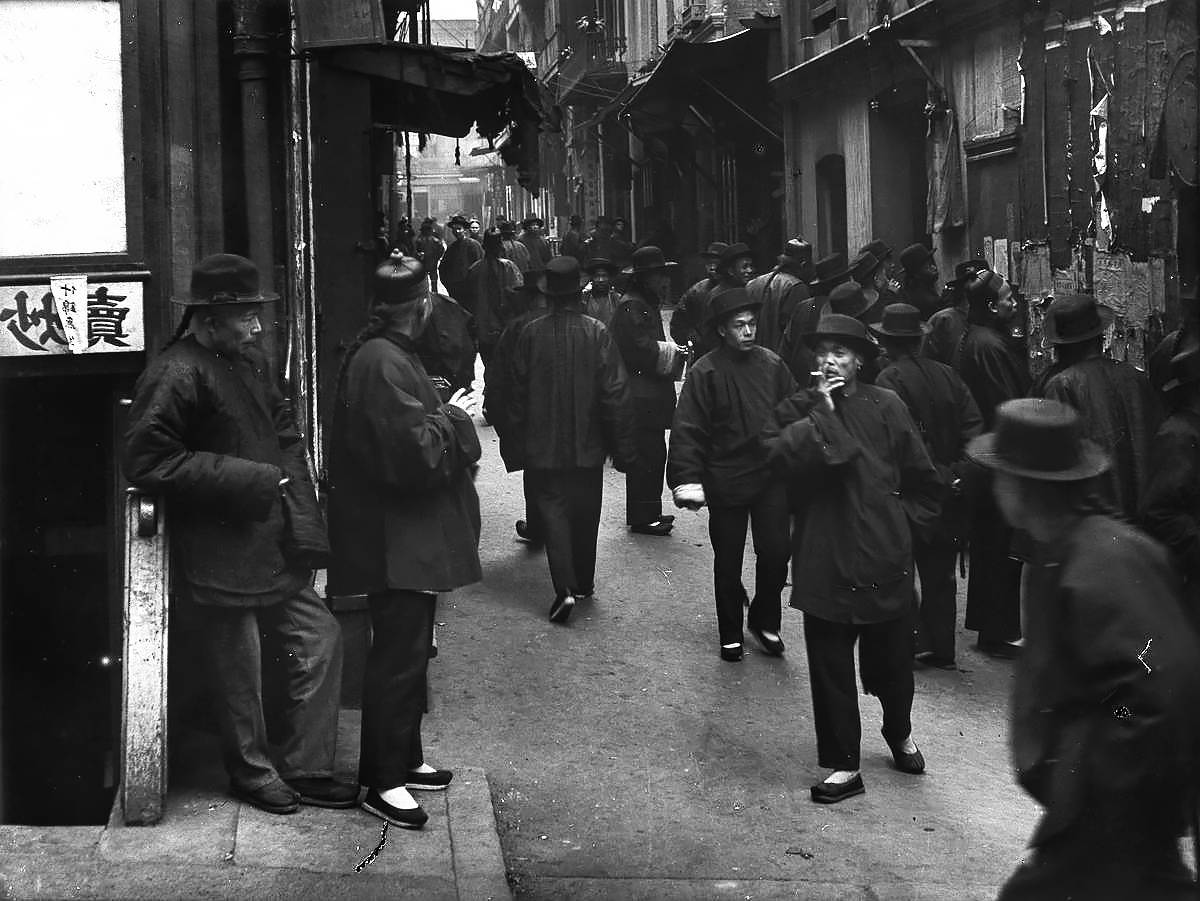
San Francisco’s Chinatown, circa 1900.
Arnold Genthe/Library of Congress
Here are three looks through the lens in California.
| • | San Francisco’s Chinese diaspora began in the 1800s as thousands of immigrants sought work in the railroads and mines.
A distinct community emerged known as Chinatown that became a major force in shaping the city’s cultural and political character. Today, it’s the oldest Chinatown in North America and the largest Chinese enclave outside Asia. A German photographer captured hundreds of photos of the vibrant community before the San Francisco earthquake of 1906 reduced Chinatown’s densely packed blocks — along with much of the city — to rubble. Here are 22 images from the collection, taken between 1896 and 1906. Mashable/Retronaut |
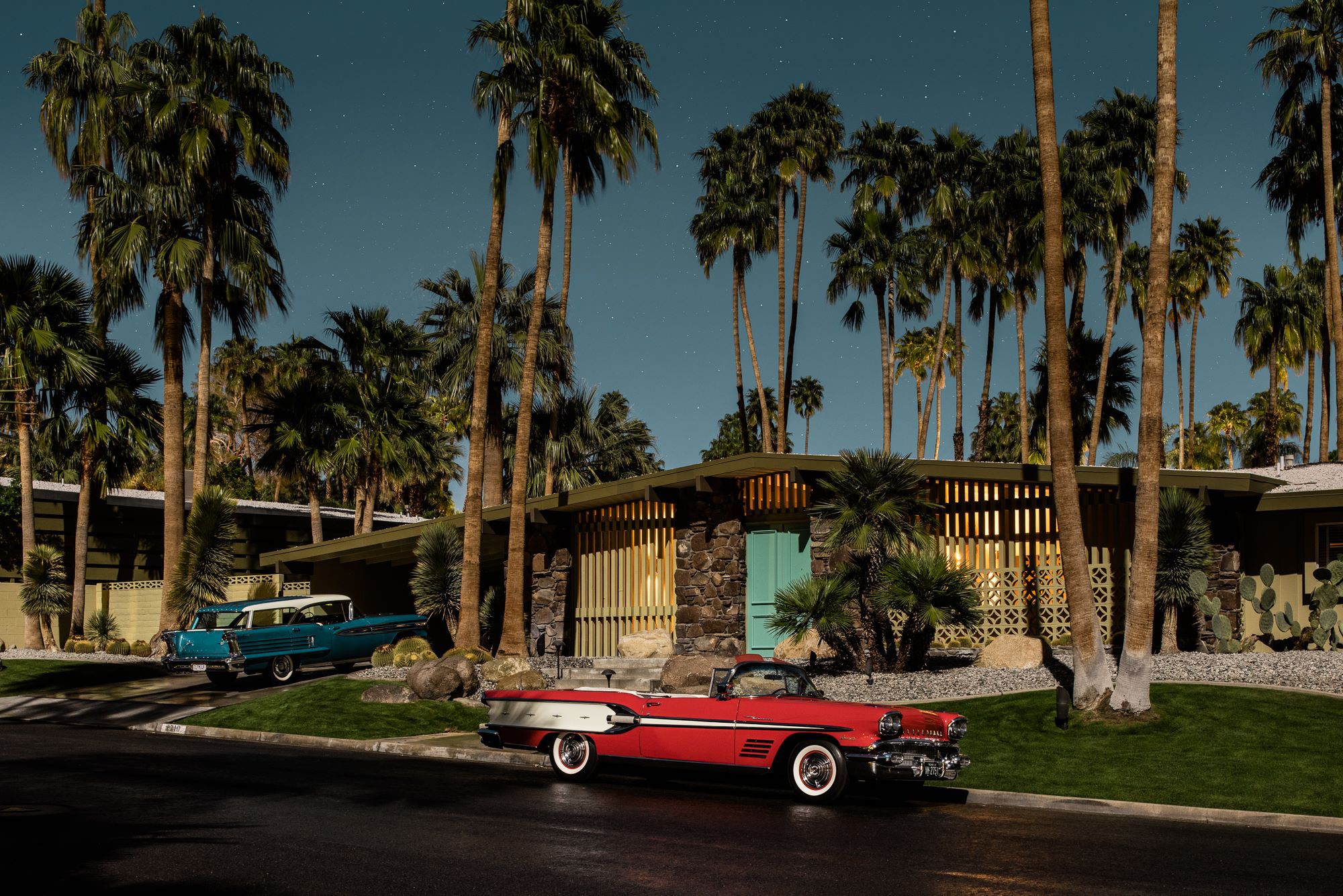
“Los Robles Affair I.”
| • | Palm Springs is a mecca of desert modernism.
Australian photographer Tom Blachford spent three years capturing the area’s architectural jewels bathed only by moonlight. To enhance the vintage effect, he sometimes placed old cars out front. The result, compiled in the book “Midnight Modern,” offers a noirish take on a city of pools and palm trees. “If these walls could talk,” Blachford told WIRED, “they would put even the most scandalous and stylish moments of Mad Men to shame.” Midnight Modern | The Guardian |
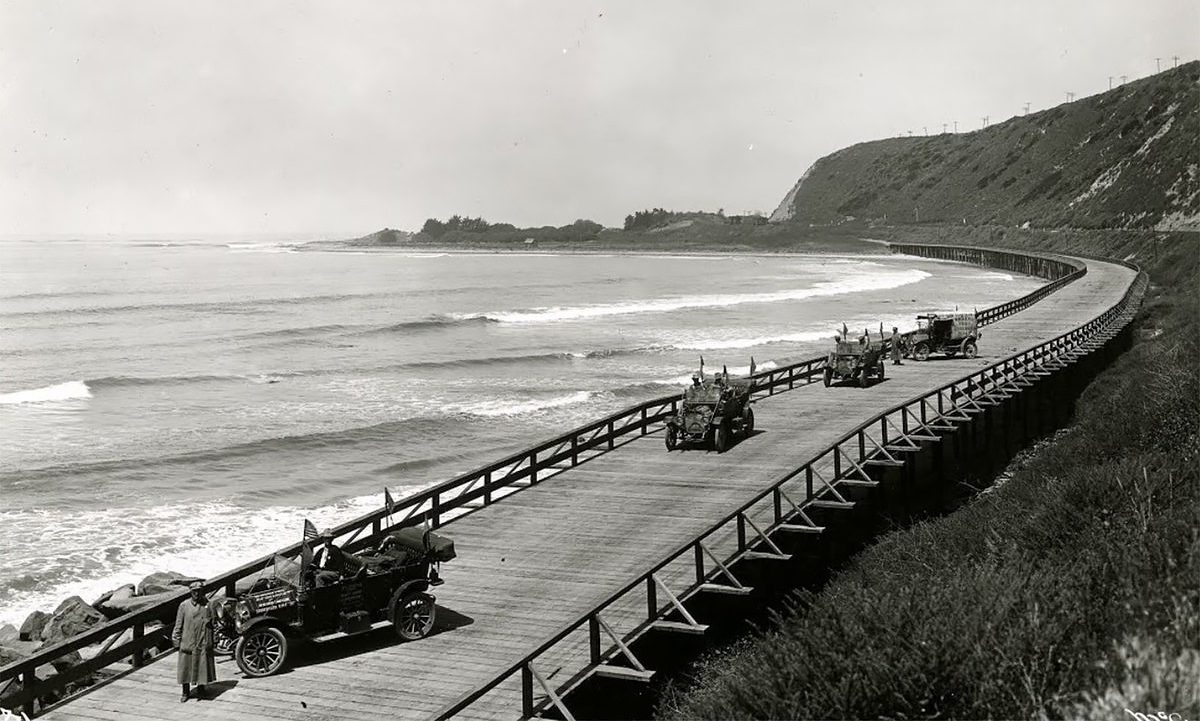
Highway 101, west of Ventura, 1912.
California State Archives
| • | For California, the automobile was love at first sight.
The first state road was authorized in 1895, a route from Placerville to the California-Nevada border that is now part of U.S. Highway 50. From there, it was off to the races. Thousands of miles of road were added or acquired by the state over the next few decades — much of it on the backs of laborers who toiled with pickaxes and shovels — while the number of registered automobiles catapulted from 6,500 in 1906 to nearly two million in 1929. The California State Archives, in partnership with Google, created a great online photo exhibit, titled “California Road Trip,” that traces the automobile’s early transition from a minor curiosity to a default mode of transportation. Google |
Wake up to must-read news from around the Golden State delivered to your inbox each morning.